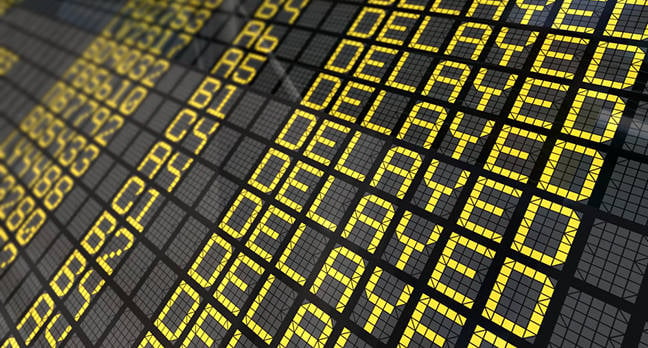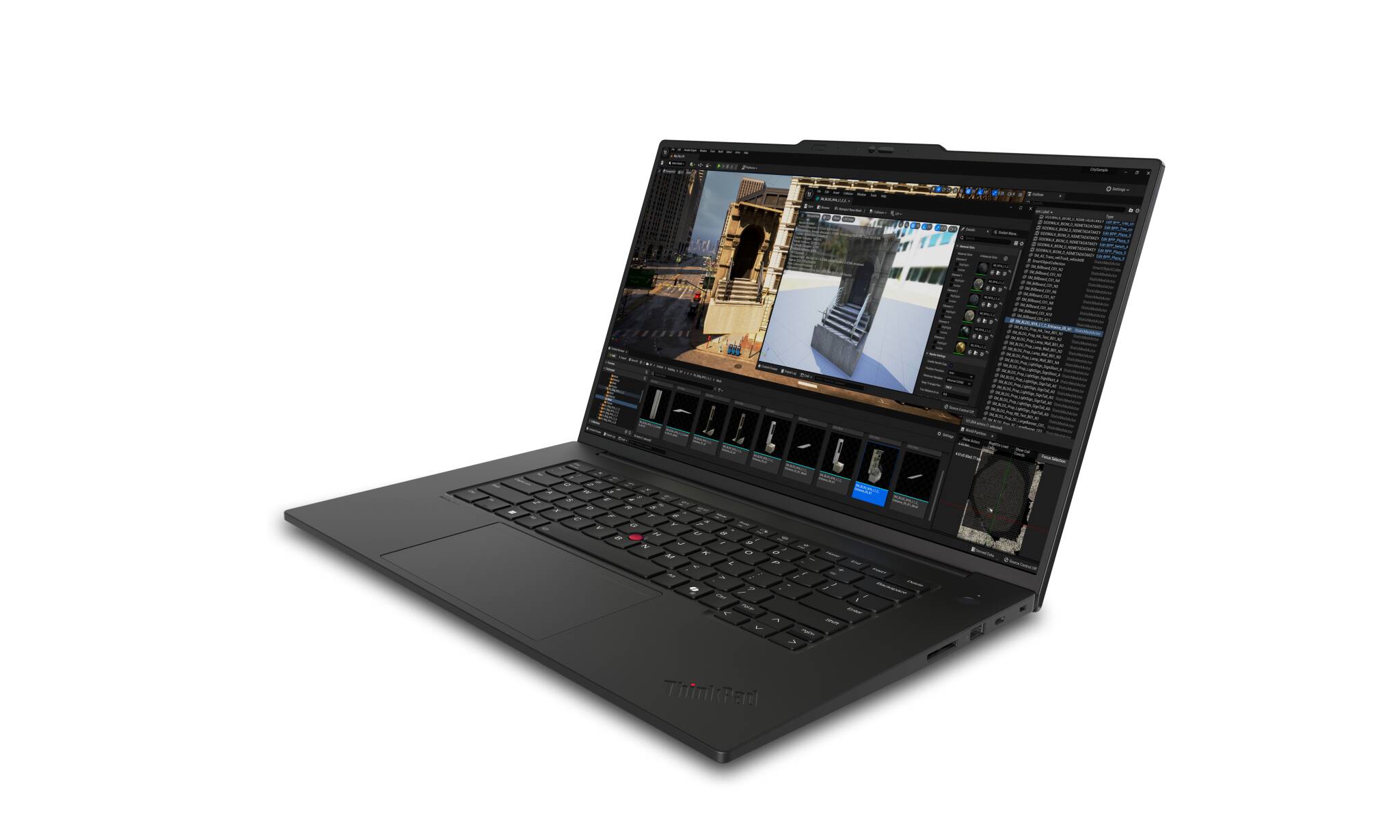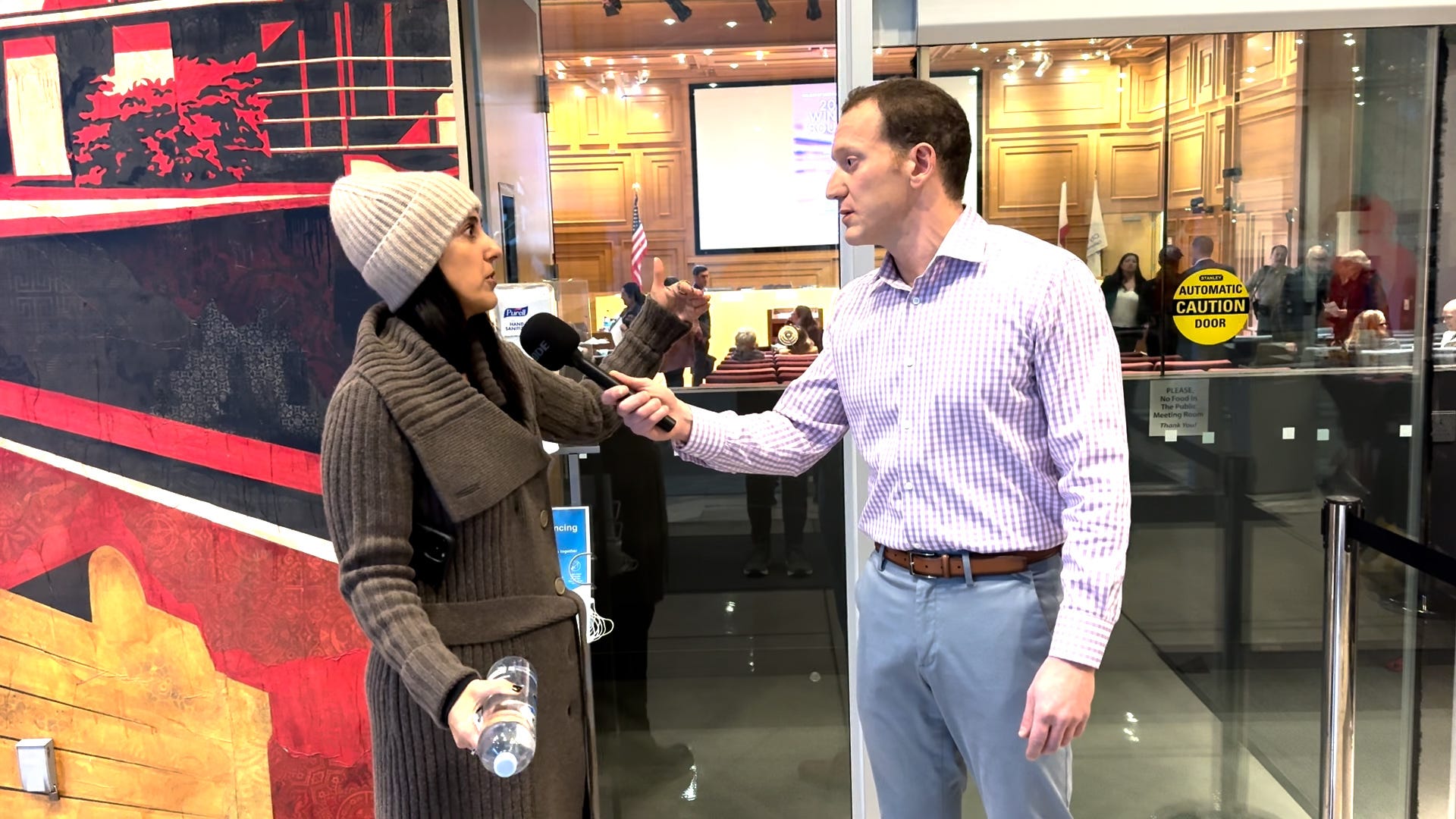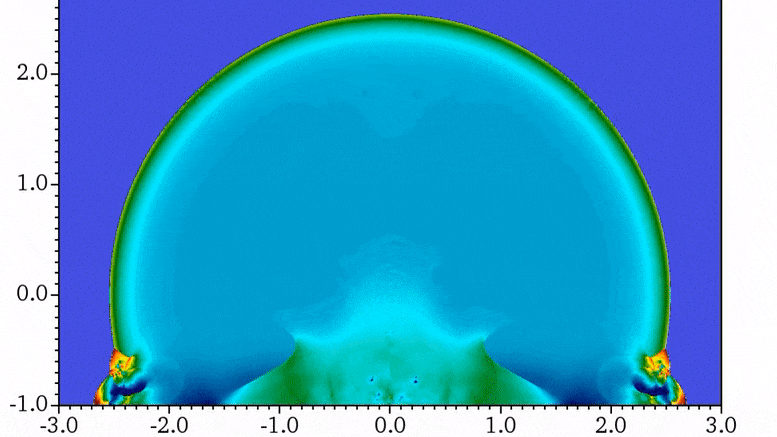
New Look at Nuclear Weapon Effects for Near-Surface Detonations
A paper in the Proceedings A of the Royal Society Publishing highlights findings by a Lawrence Livermore National Laboratory team on how nuclear weapon blasts close to the Earth’s surface create complications in their effects and apparent yields. The work is featured on the front cover of the publication. Credit: LLNL
A Lawrence Livermore National Laboratory (LLNL) team has taken a closer look at how nuclear weapon blasts close to the Earth’s surface create complications in their effects and apparent yields. Attempts to correlate data from events with low heights of burst revealed a need to improve the theoretical treatment of strong blast waves rebounding from hard surfaces.
This led to an extension of the fundamental theory of strong shocks in the atmosphere, which was first developed by G.I. Taylor in the 1940s. The work represents an improvement to the Lab team’s basic understanding of nuclear weapon effects for near-surface detonations. The results indicate that the shock wave produced by a nuclear detonation continues to follow a fundamental scaling law when reflected from a surface, which enables the team to more accurately predict the damage a detonation will produce in a variety of situations, including urban environments.
The findings, featured in Proceedings A of the Royal Society Publishing, are authored by Andy Cook, Joe Bauer and Greg Spriggs. The work, “The Reflection of a Blast Wave by a Very Intense Explosion,” also is highlighted on the cover of the publication.

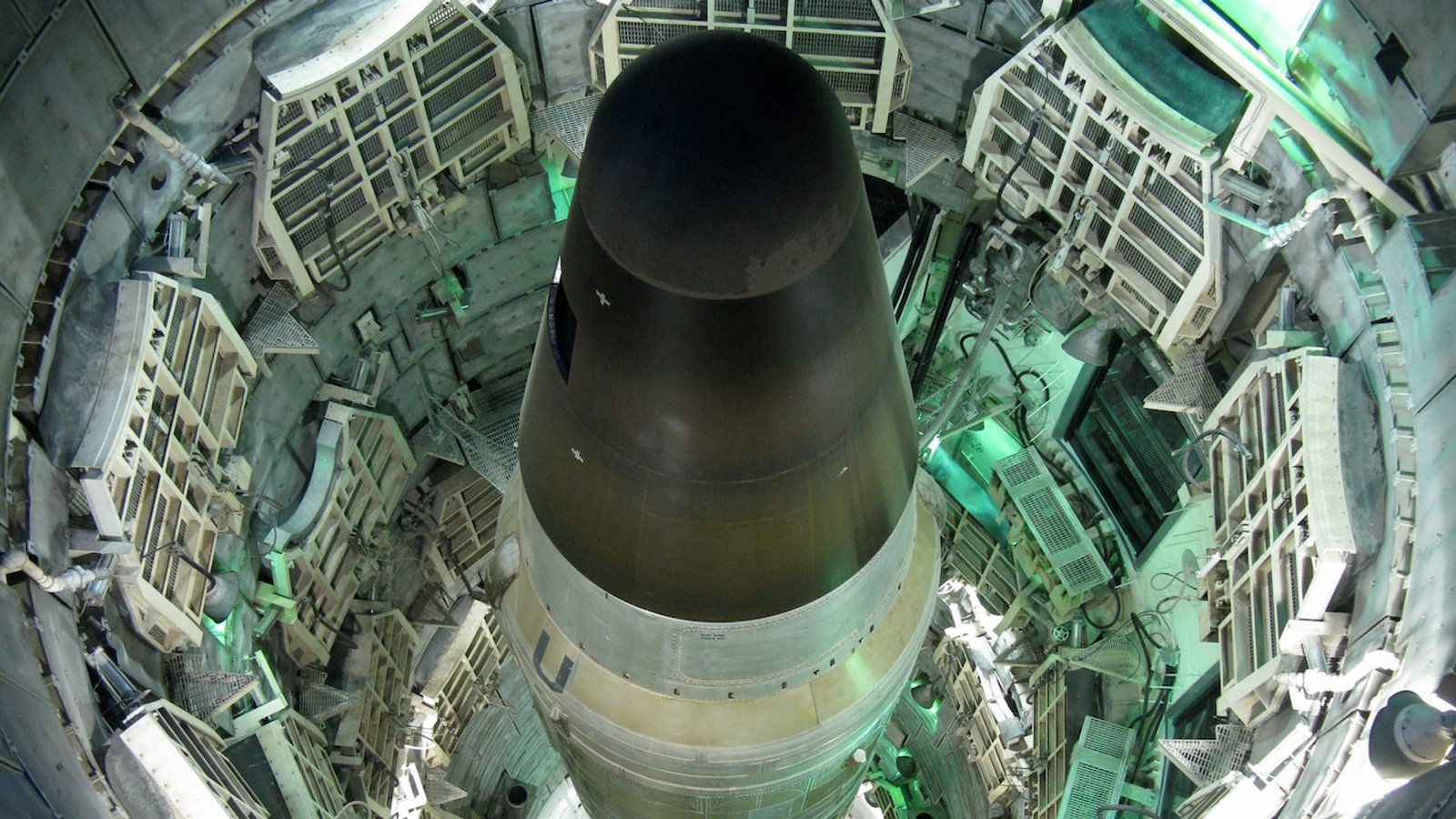

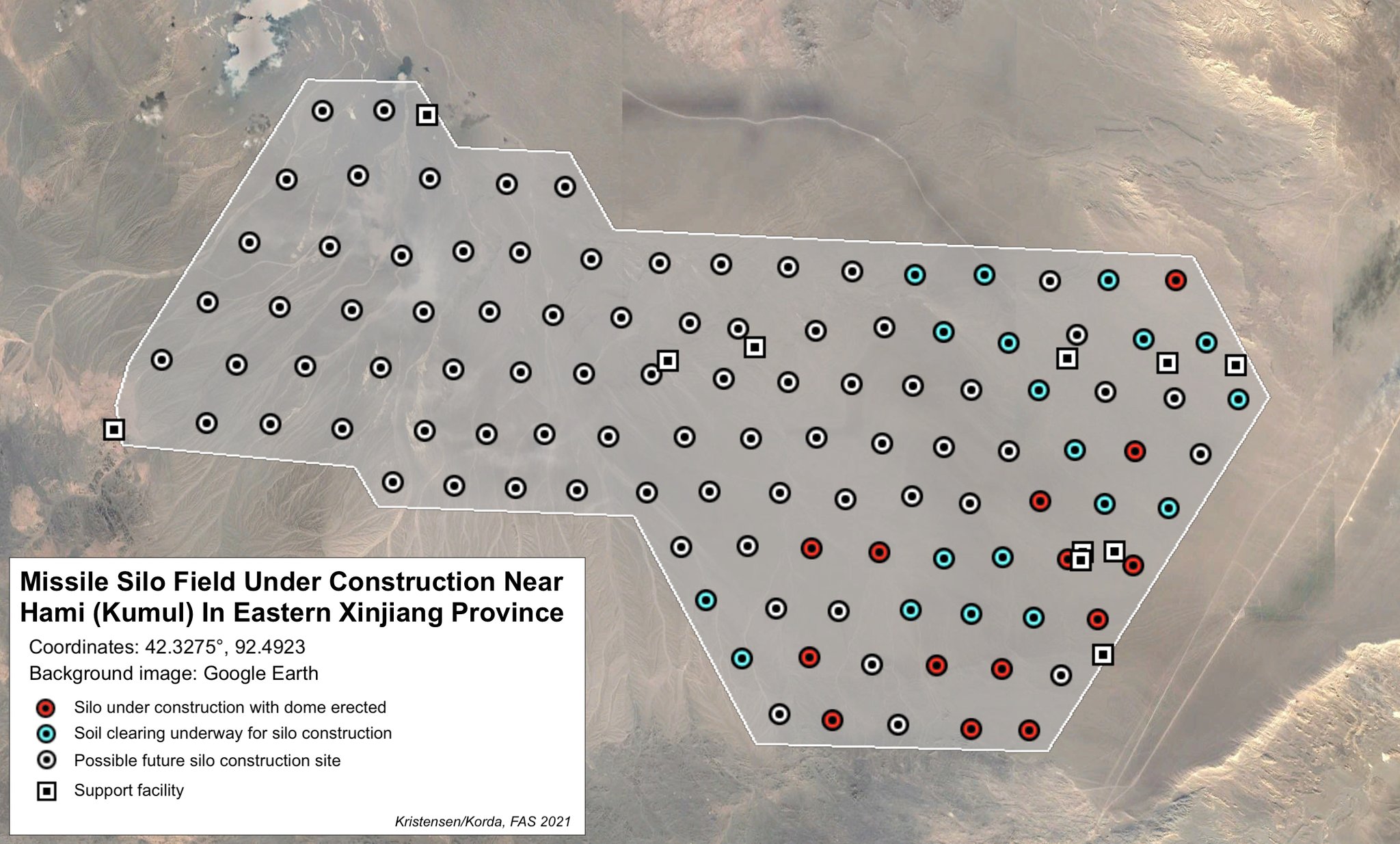

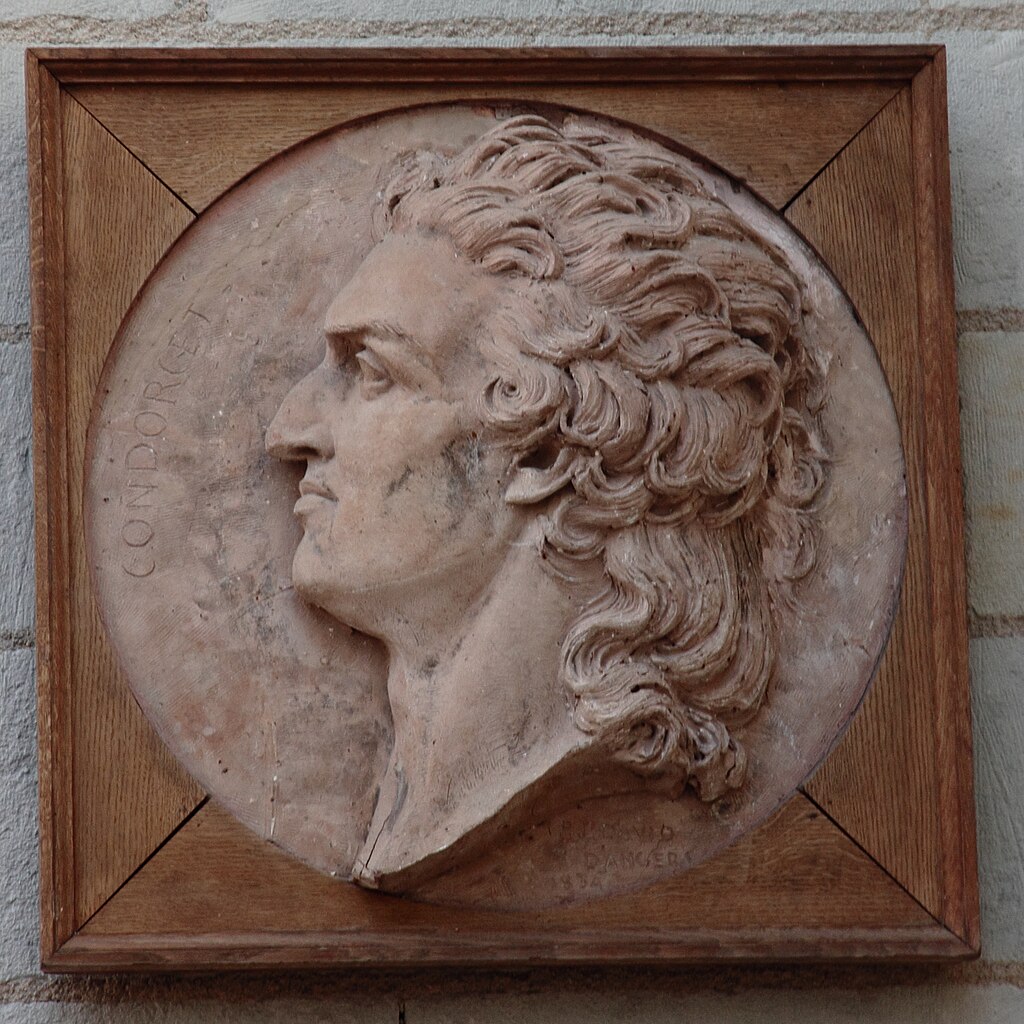


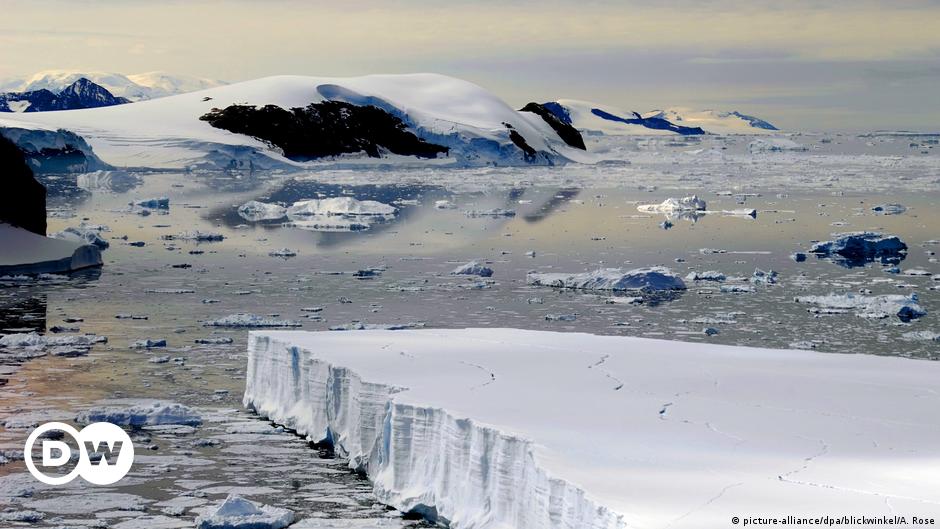
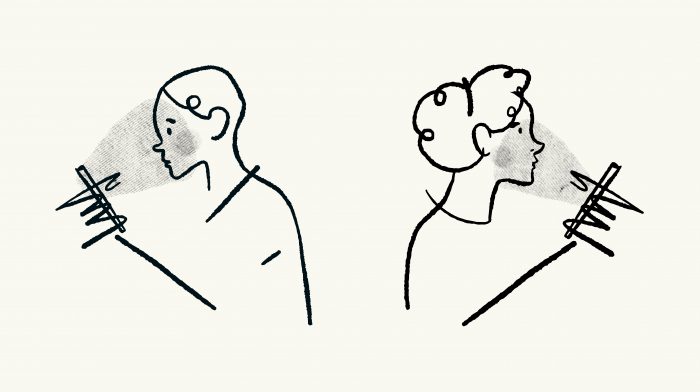


/cdn.vox-cdn.com/uploads/chorus_asset/file/25378907/STK088_SPOTIFY_CVIRGINIA_C.jpg)









